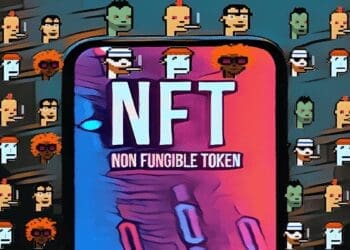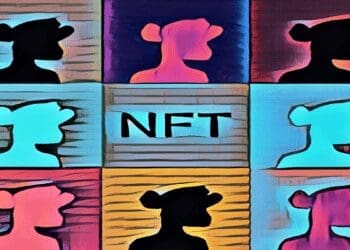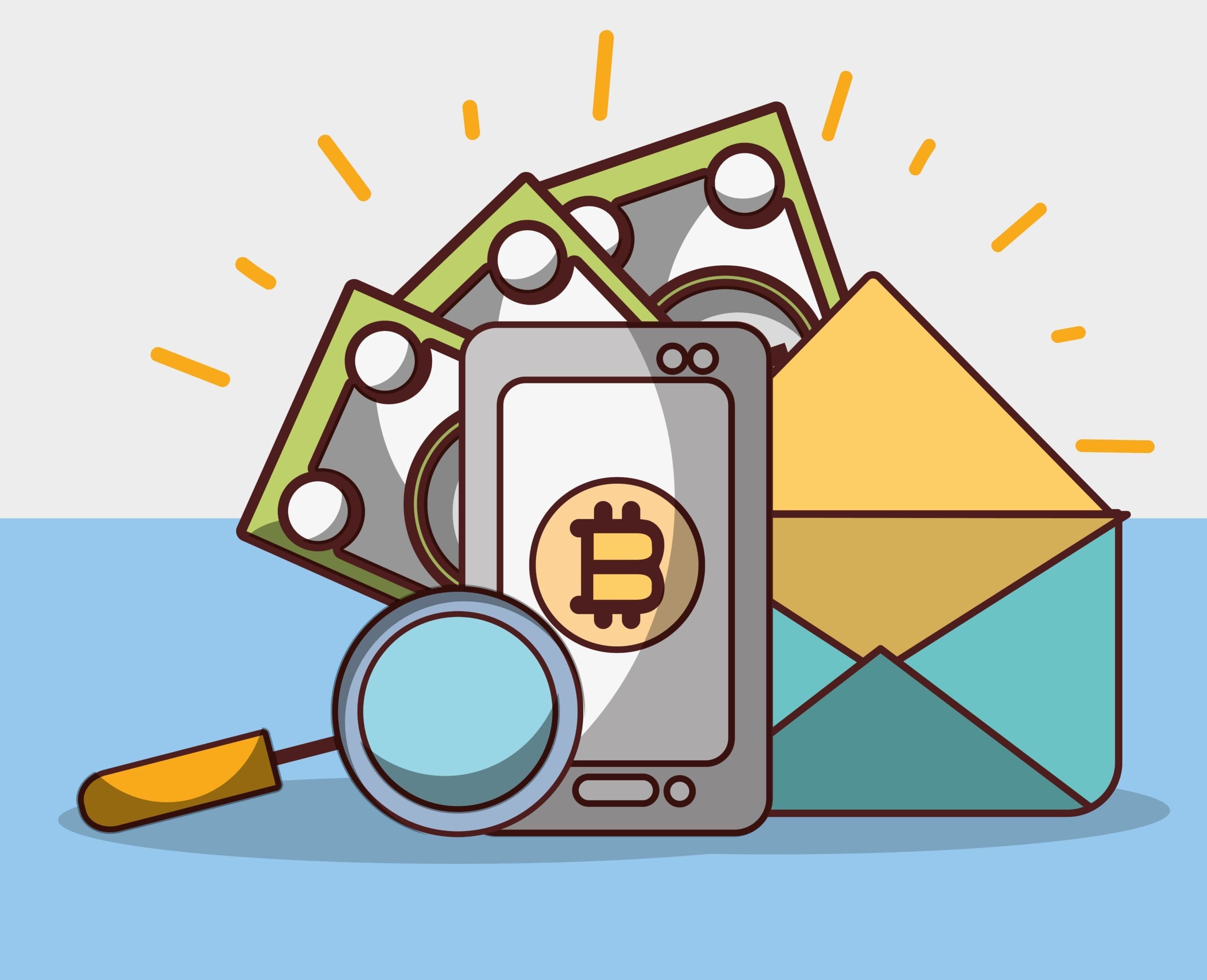Can any new technology be inherently evil? It is unlikely, but how it is applied is a completely different question. Because over the past year in the field of NFT fraud and hype in the pursuit of easy and fast money, there was more than common sense.
Remember the days when the Internet was full of variations on the theme of “make money on clicks”, “money for viewing ads”, “just bring a friend” and the like?
I must say that with due diligence, it was quite possible to “call” ten rubles a day, and maybe even all fifty. Safely withdraw them to a QIWI wallet, and not deny yourself anything …
In no way do I want to devalue the experience of people who have successfully made a fortune on this. However, for most, this activity does not look like the most effective way to replenish your personal budget.
But time does not stand still, technologies develop, clothe themselves in other forms, acquire “road maps”, mutually beneficial partnerships, although their essence does not change.
Let’s try to enrich ourselves culturally, for this we will resort to the help of Wikipedia.
Sounds serious and professional, yet NFTs are regularly criticized, including for being used by scammers. The expediency of establishing the right of ownership in an unregulated market is also called into question.
In simple terms, Play-to-earn is the type of video game where gamers can earn cryptocurrencies and NFTs through their gaming activities (and investments, yes). Over the past year, the Play-to-earn trend has gained a lot of momentum. The most popular projects in this area include: Axie Infinity, AlienWorlds, Splinterlands, FarmersWorld, etc.
It is with the help of smart contracts that NFTs are integrated into games as unique items.













Discussion about this post